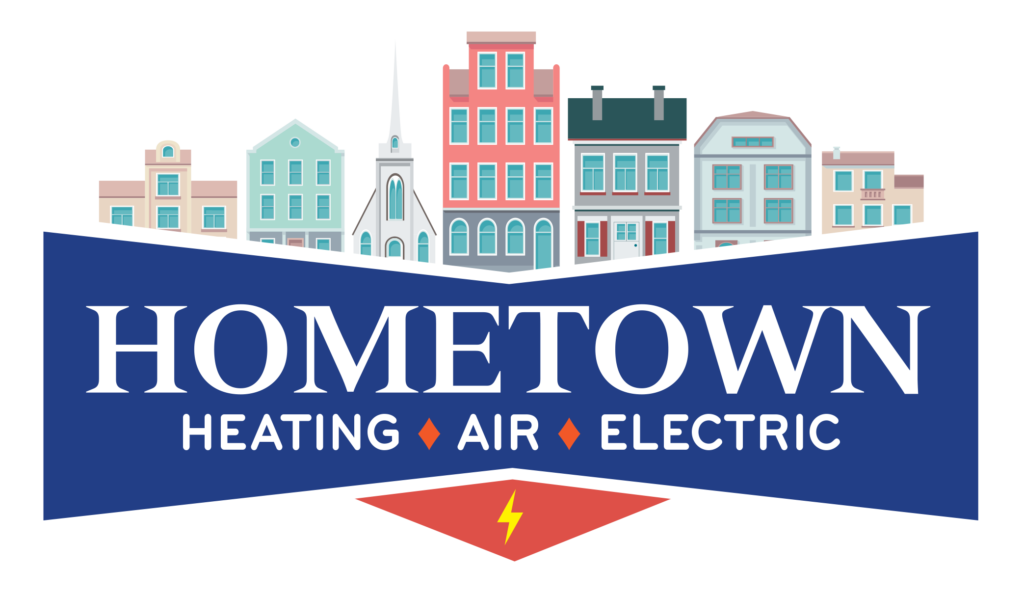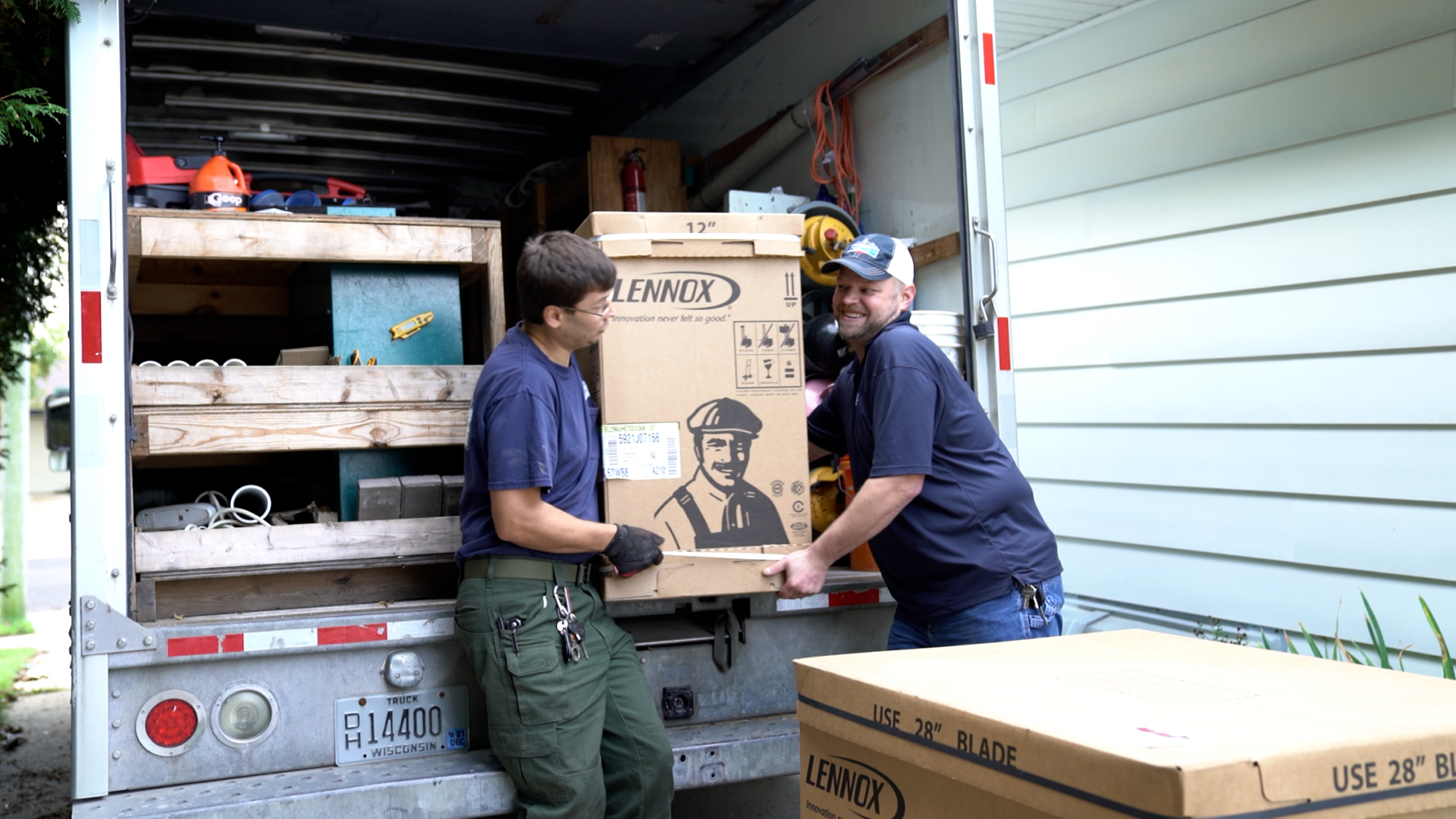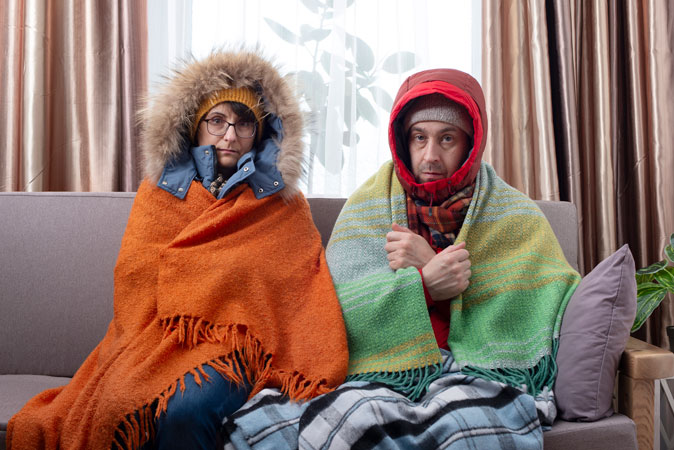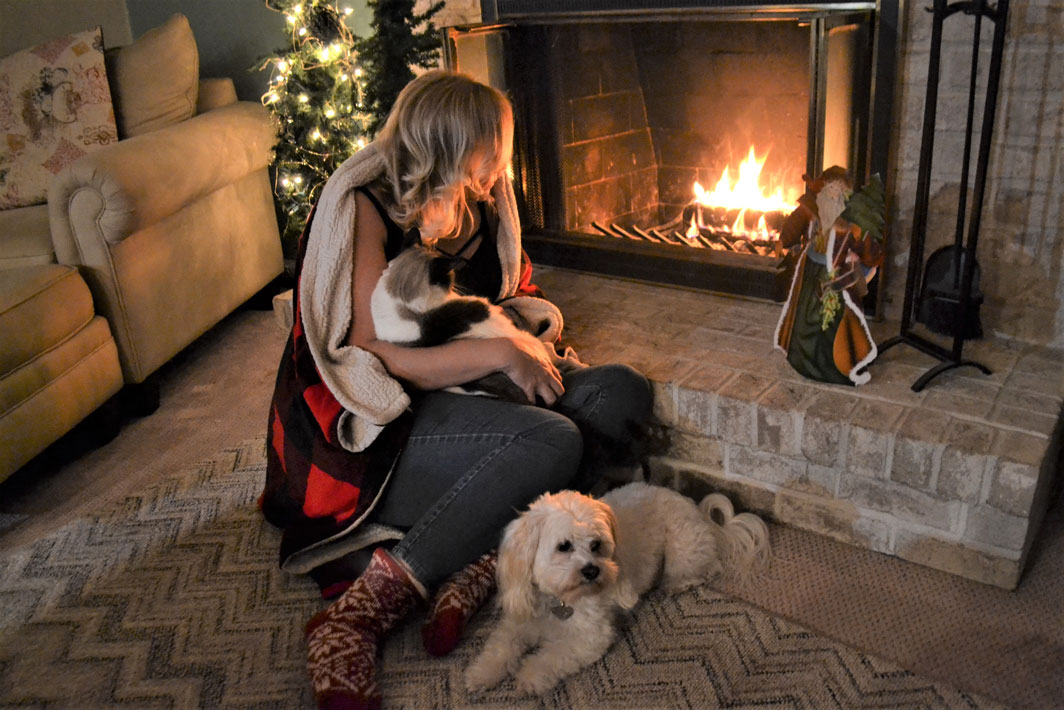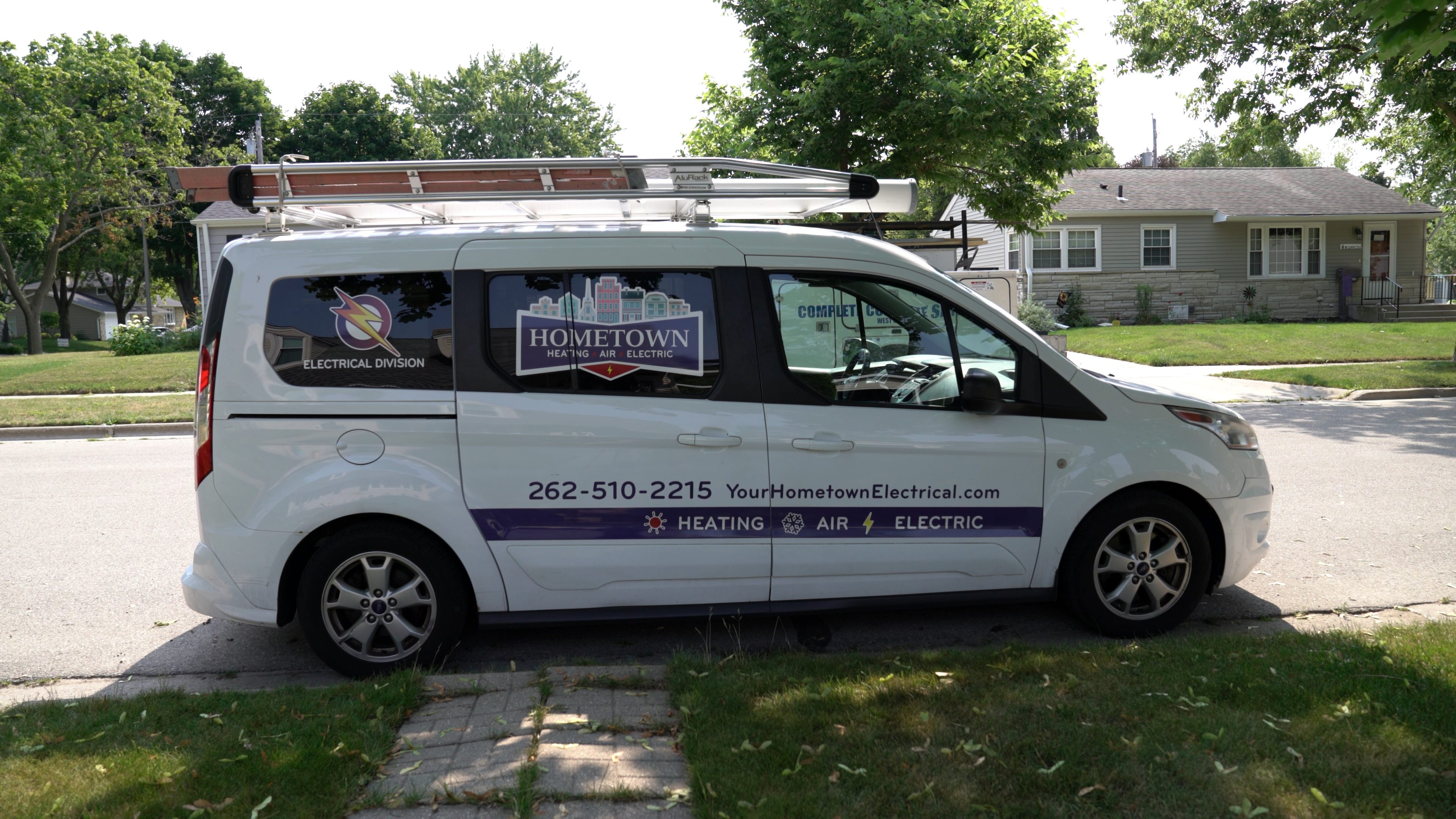As the weather begins to transition from the chill of winter to the warmth of spring, now is the perfect time to consider upgrading your home’s HVAC system. At Hometown Heating, Air & Electric, we understand the importance of maintaining a comfortable indoor environment year-round. One of the most significant decisions homeowners face is whether replacing their AC and furnace separately or together is better.
In this post, we’ll explore the benefits of replacing your AC and furnace simultaneously and why it’s a smart investment for your home.
Replacing Your AC and Furnace at the Same Time
Maximize your efficiency and comfort and enjoy these benefits when you replace your AC and furnace together:
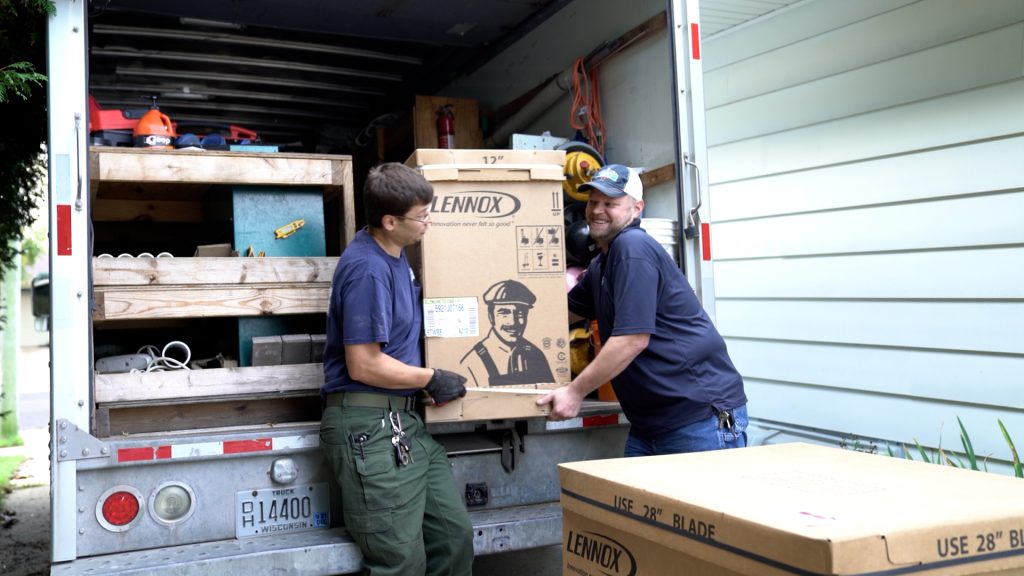
Cost & Time Savings
Replacing your air conditioner and furnace together can lead to significant cost and time savings in the long run. While it may seem like a larger upfront investment, bundling the replacement allows you to take advantage of package deals and discounts. Additionally, opting for a dual replacement eliminates the need for multiple installation visits, reducing labor costs and minimizing disruptions.
Our team is dedicated to providing reliable installation services, ensuring your system is up and running in no time.
Enhanced Energy Efficiency
Newer HVAC systems are designed to be more energy-efficient, helping you reduce your carbon footprint and lower your monthly utility bills. By upgrading both your air conditioner and furnace simultaneously, you ensure both components work seamlessly together, maximizing energy efficiency and overall performance. Plus, modern systems often come with advanced features such as programmable thermostats and zoning options. These allow you to customize your indoor climate and further optimize energy usage.
Warranty Considerations
When you replace your air conditioner and furnace together, you simplify the warranty process. This helps you avoid potential issues down the road. As a Lennox dealer, Hometown Heating, Air & Electric works with Lennox, which offers warranties that cover parts for a specified period. By installing both systems simultaneously, you ensure parts for both are protected under the same warranty terms. To learn more about what’s covered under warranty, please visit our Frequently Asked Questions page.
Increased Home Value
Investing in a new air conditioner and furnace can enhance the value of your home and make it more attractive to potential buyers. Energy-efficient HVAC systems are a desirable feature for homebuyers, and having newer equipment in place can set your home apart. Plus, a well-maintained and upgraded HVAC system demonstrates that you’ve taken proactive steps to maintain your home, instilling confidence in potential buyers.
Replacing your air conditioner and furnace together offers numerous benefits, from cost and time savings to increased home value. If you’re considering upgrading your HVAC system, now is the ideal time to take action.
Contact us today to schedule a consultation and learn more about the advantages of replacing your AC and furnace simultaneously.
